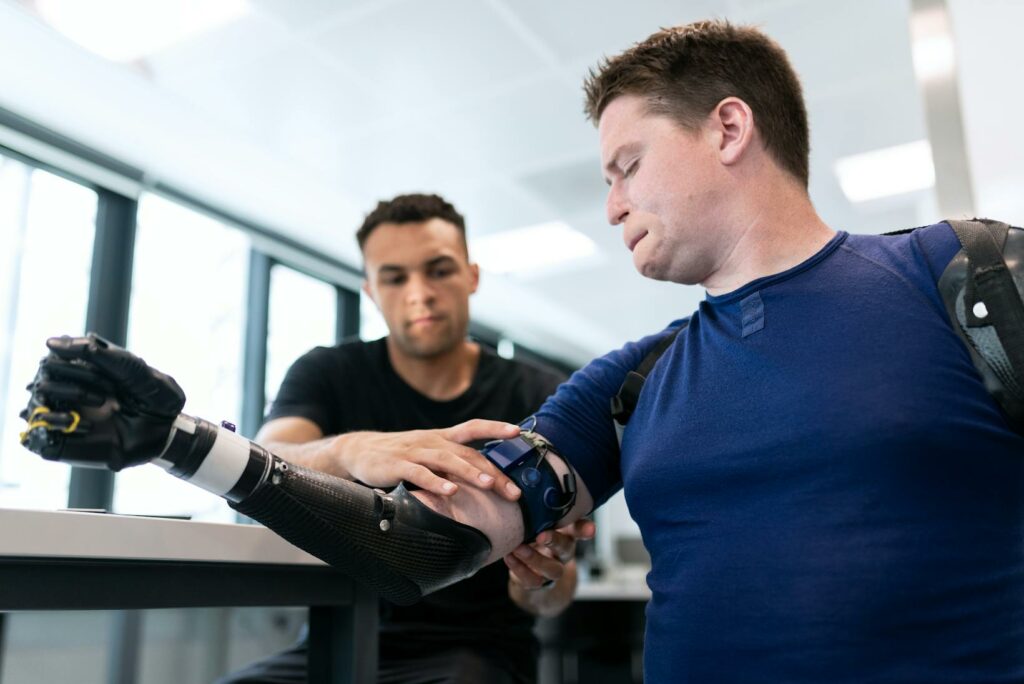As the world rapidly embraces digital transformation, no sector remains untouched, especially healthcare. This article will delve into the exciting realm of digital healthcare trends, highlighting how technology is reshaping the way we manage our health and wellness.
From telemedicine to AI diagnostics, digital health trends are not just shaping the future; they’re defining the present. They’re revolutionizing patient care, making healthcare more accessible, and presenting new opportunities and challenges.
Digital Healthcare Trends
As the healthcare ecosystem evolves, the role of digital technology becomes increasingly integrated into the patient treatment process. This section delves into defining digital healthcare and its overarching influence in the contemporary health system.
Defining Digital Healthcare

Digital healthcare, often seen as a product of technology’s rapid progression, represents the convergence of digital technologies with health, healthcare, and society. It involves the use of digital devices, software, or applications to improve or streamline health and wellness management, paving the way for improved patient care. Cloud-based patient records, AI-powered diagnostics, remote patient monitoring, and telemedicine consultations illustrate digital healthcare in action.
Importance in Modern Healthcare
In the modern health landscape, digital healthcare’s significance cannot be overstated. It enhances accessibility, allowing individuals in remote or underprivileged regions to receive consultations and treatments. It also increases efficiency, enabling health practitioners to handle and store massive amounts of patient data securely. Furthermore, digital healthcare fosters transparency, aiding patients in understanding their health conditions and treatment plans. Lastly, it presents ground-breaking advances like personalized medicines and wearables, signifying the future of health and wellness.
The Evolution of Digital Healthcare
Digital healthcare, a revolutionary force, has accumulated significant momentum, transforming the healthcare landscape.
The Pre-Digital Age

In the era prior to digital tech, healthcare leaned heavily on in-person consultations, handwritten medical records, as well as physical patient files. This setup, while operational, posed challenges such as inefficiency, limited access, and risk of manual error. Implementation of rudimentary IT systems began to surface in the 1960s, inducing the early waves of innovation. Hospitals saw computers installed for rudimentary data entry tasks, such as patient registration and billing.
Advent of Digitalization in Healthcare
The turning tide saw the inception of the digital age in healthcare sector during the late 20th century. Electronic Health Records (EHRs) ushered in a new dynamic, swapping paper for pixels and offering unprecedented accessibility to patient data. This revolutionary paradigm shift enabled streamlined care delivery and facilitated cooperation amongst healthcare professionals. Tremendous progress continued, culminating in groundbreaking technological advances such as telemedicine, AI-based diagnostics, cloud-based data storage, and wearable technologies that exemplify the state of healthcare today.
Notable Digital Healthcare Trends in Recent Years
In the sphere of modern healthcare, certain digital trends have stood out significantly in recent times. They include telemedicine, Artificial Intelligence (AI), and Robotic Process Automation (RPA).
The Rise of Telemedicine

Telemedicine has become a lifeline in healthcare with numerous patients and doctors favoring this model of care. With its roots traced back to the late 20th century, telemedicine has grown exponentially, especially during the global pandemic. It’s a trend characterized by virtual visits, which eliminates geographical limitations and makes health services more accessible. In 2020, for instance, approximately 43.5% of Medicare primary care visits utilized telemedicine as compared to just 0.1% in February before the onset of COVID-19.
Progress in Robotic Process Automation
Lastly, Robotic Process Automation (RPA) marks a significant digital healthcare trend. This automation works tirelessly behind the scenes to streamline operations and minimize the burden of routine tasks like scheduling and maintaining patient records. By using RPA, healthcare institutions can allocate more time for direct patient care.
Promising Trends
Digital healthcare’s transformative journey has been remarkable. From telemedicine’s rise to AI’s diagnostic prowess and RPA’s operational efficiency, they’re all reshaping healthcare. The emergence of VR in training and blockchain for secure records further emphasizes this transformation. Government influence and policy decisions are key drivers, shaping this digital evolution while addressing challenges like privacy and technical hurdles.



